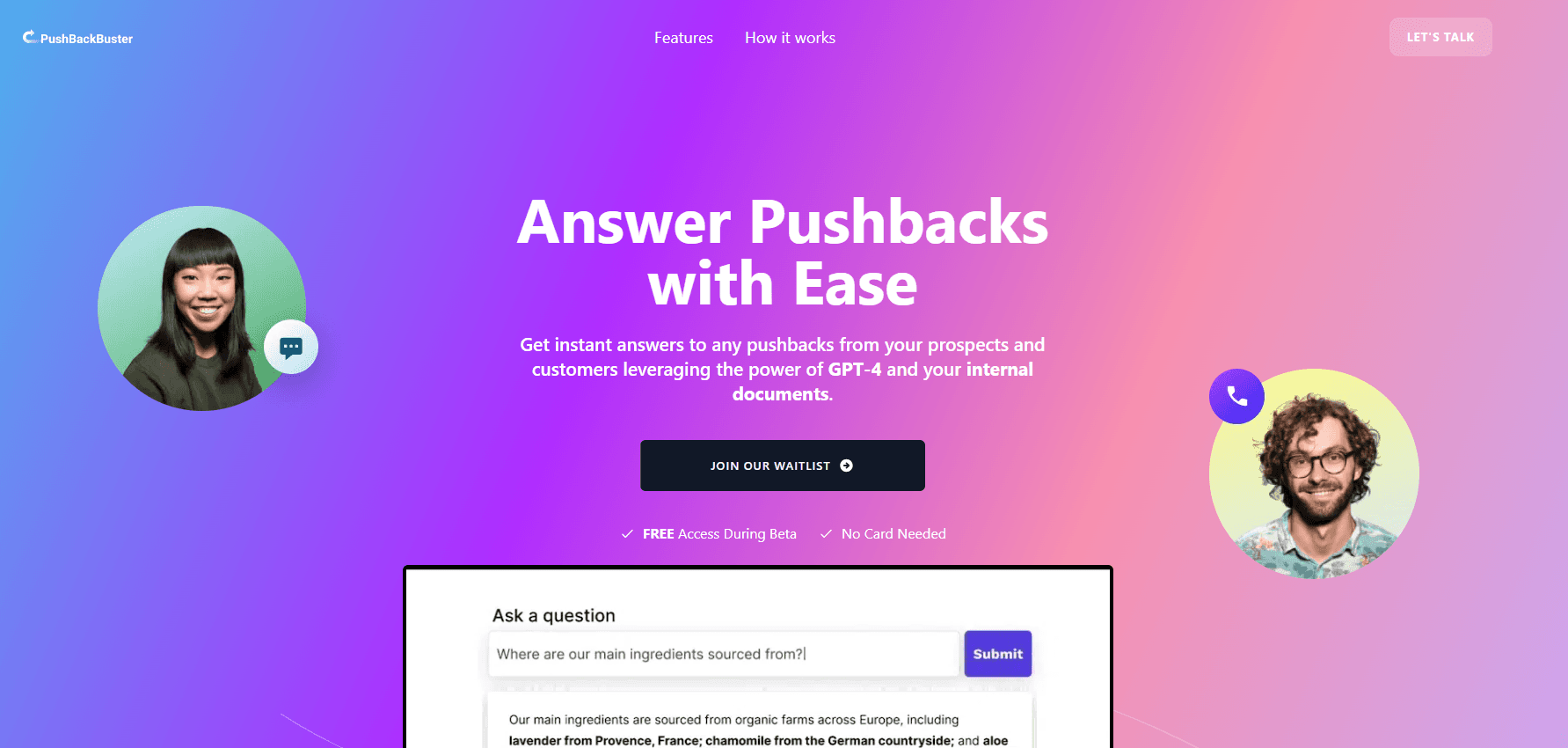Key takeaways:
YCombinator startups prioritize problem validation before building a full-fledged product.
Product demos and MVP tools are effective ways to validate the problem and gauge user interest.
Landing pages should quickly showcase the benefits of the tool and encourage users to engage with the MVP tool.
Figma automation and clever video editing can create product demo videos without building a working SaaS.
The MVP tool should test the riskiest assumption and provide a way for potential users to try the solution.
As an entrepreneur, validating your product idea and bringing it to market can be challenging, especially when you have a small network to work with. That's why a landing page that effectively communicates your value proposition to potential customers is crucial. But how do you design a landing page that drives conversions and validates your product idea? To learn from the best, I analyzed the landing pages of the latest batch of YCombinator startups to identify commonalities and what makes them effective in validating their problems. In this article, I'll share my findings and provide tips for designing a landing page that helps you validate your product idea.
One of the most interesting findings in my analysis of YCombinator startup landing pages was the emphasis on a product demo video above the fold. Many startups understand the importance of quickly showing potential users how their tool works and how it can solve their problem. In under 15 seconds, visitors can understand the problem the tool is trying to solve and see its benefits without reading any other text on the page. But how do you create a product demo without having working software? You can use Figma automation and clever video editing to create the appearance of a working app, which saves time and resources while still effectively demonstrating the value of your solution.
But what's even more eye-opening is the inclusion of a tool where users can try it on their own data. For instance, users can upload a CSV of tabular data and chat with data like "What is the net spend for September 2022?" This strategy first shows the product demo video to excite the user, and then they can see how it applies to their own use case.
Of course, the MVP tool is still crucial in the validation process. It should ideally focus on testing the riskiest assumption and provide a way for potential users to try out the solution themselves. Some startups even require sign-ups to access the MVP tool, which can provide further validation that the problem being solved is worth pursuing.
In conclusion, the landing page of a startup's website is crucial for validating the problem they're trying to solve. YCombinator startups have found success in designing their landing pages with a product demo video above the fold, allowing users to quickly validate whether the tool solves their problem. The MVP tool then enables users to play with the tool themselves, often allowing them to import their own data to see the benefits firsthand. Analytics can measure how much time users spend interacting with the tool, giving valuable insights into its effectiveness. With these principles in mind, your startup can increase its chances of building a successful web app.


